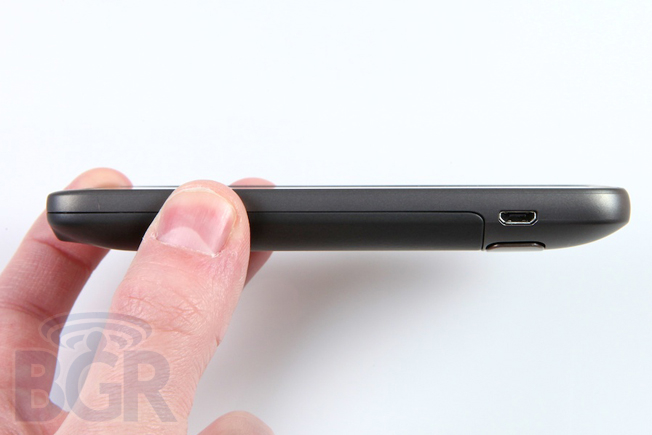HTC ThunderBolt Review
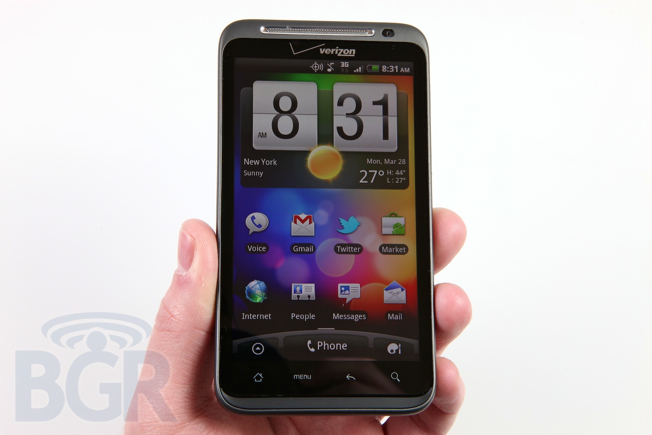
With the ThunderBolt, HTC has delivered yet another "first 4G smartphone" following its EVO 4G for Sprint (and the often forgotten MAX 4G introduced in 2008). It's the first handset to run on Verizon's brand new 4G LTE network, and it's an Android smartphone powerhouse that is easily the fastest smartphone on the planet in terms of data speeds. That's not to say the device is perfect, however. The release of Verizon's first 4G handset was pushed back several times, spanning almost two months, and I'm not so sure all of the wrinkles were ironed out even after all of the delays. But the ThunderBolt is finally here and I've spent some quality time with it over the past week or so. Read on to see if this is not only the fastest smartphone on the planet, but one of the best as well.
Hardware / Build quality
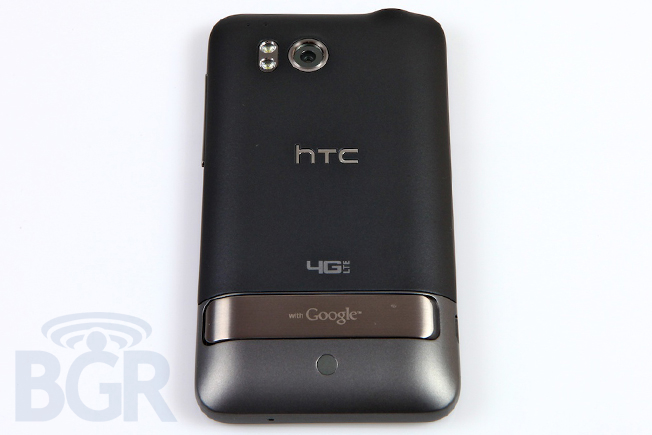
The HTC ThunderBolt packs a punch in the specifications department. In addition to being the first Verizon handset to be released with 4G LTE compatibility, the ThunderBolt stays at the top of the smartphone pack with competitive specs like a 1GHz Qualcomm Snapdragon processor, a 4.3-inch Super LCD display, an 8-megapixel camera with dual-LED flash, and more.
As far as the build quality of the HTC ThunderBolt is concerned, it's a tank — but I'll get to that part in a moment. The ThunderBolt seems to be very well manufactured in typical HTC style; it feels very sturdy, durable, and solid. There are no creaks, no parts wiggling, and nothing I could conceivably see being an issue down the road with normal use and wear and tear.
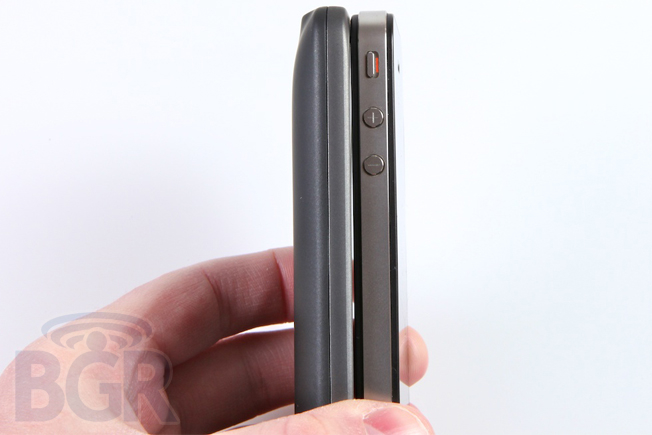
The device is, however, extremely large and heavy. It's one of the widest, thickest, and heaviest smartphones on the market. It absolutely dwarfs an iPhone 4, for instance, and it could pretty easily could swallow a T-Mobile myTouch 4G in a couple bites. It doesn't necessarily feel as thick as it looks thanks to the heavily tapered edges, but some slick tapering can't do anything to mask the phone's heft. Another thing that just might be a personal niggle is the kickstand... I mean, I just can't honestly ever see myself using it in any scenario. As heavy as the ThunderBolt is, I would like to have seen HTC strip out as much as possible, and the kickstand definitely could have been stripped.
The design identity of the ThunderBolt is typical HTC — literally, aside from little changes here and there, one HTC device could pass for another most of the time these days. The ThunderBolt specifically doesn't seem to offer much in the way of differentiation beyond its bulk, at least, and its design seems dated. Compared to, say, the aluminum unibody HTC Inspire 4G, the ThunderBolt just feels kind of last year. That, coupled with the viciously thick and heavy body makes it hard to swallow from a hardware perspective alone. Thankfully that's not all a smartphone is nowadays.
Display

The 4.3-inch display on the HTC ThunderBolt is beautiful. The viewing angles are here are straight up incredible — noticeably better than the HTC EVO's screen. Colors are very rich, whites are bright, and text is pretty crisp. With such a big display, however, the 800 x 480-pixel WVGA resolution shows its shortcomings. This is a common issue among devices with larger displays: since they spread the same number of pixels over a larger surface compared to modern sub-4-inch displays, the result is a less impressive picture. The ThunderBolt's display is still great, but I would have loved to see one of HTC's qHD displays on here.
Software
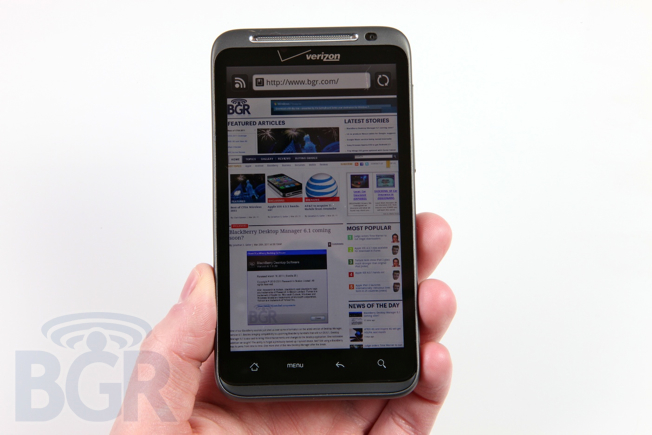
The ThunderBolt runs the latest version of HTC's Sense UI and for all intents and purposes, this is about the same experience as any other HTC Android handset released in the past year or so. There's really no need to get into this for the millionth time — it's Froyo with HTC Sense. We should all know it very well by now. If you're a fan of HTC's customized UI, you'll be pleased to know that the experience is still tip top, and coupled with LTE data, a 1GHz processor and 768MB of RAM, it's speedy and responsive as well. If you're an Android purist on the other hand, you're going to have some major issues.
Noticeably absent from the ThunderBolt is the much-touted Skype app with support for video calling. We're not sure why it wasn't included on the ThunderBolt, though there are most certainly other video calling apps available for download in the Android Market. It would have been great to have some clarification on why Skype didn't make it on here though, considering how popular the service is compared to other video chat solutions.
4G LTE
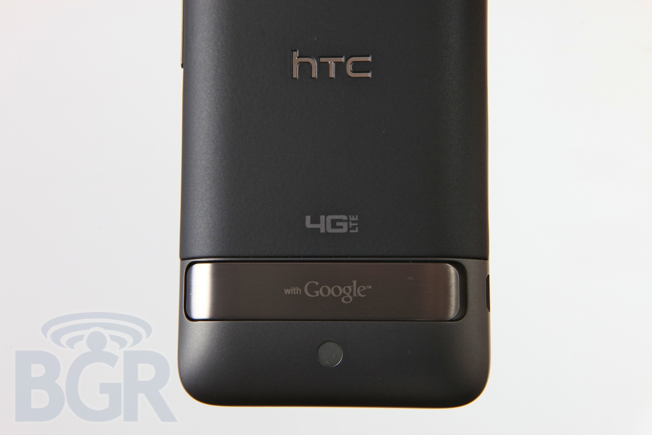
In a word? Wow. As soon as I picked up my review unit from Verizon's headquarters in Basking Ridge, NJ, I was in 4G LTE heaven. Heading back toward New York City, I was cruising along at download speeds of around 15Mbps. As I set the device up, all of my Android apps reappeared on the ThunderBolt almost immediately with no effort from my end. Web pages load at desktop-like speeds in the Android browser and apps that move data seemed to breathe sighs of relief compared to how they run on other Android devices. I really hope Verizon's LTE network can maintain this level of performance once it actually has a fair amount of traffic on it, but since 4G is a much different beast than 3G, I'm confident Verizon's 4G network will maintain a high level of performance.
Things look great over the ThunderBolt's Wi-Fi hotspot feature as well, with no speed degradation that I could see. In fact, I was continually hitting speeds above 20Mbps with my MacBook Air connected to the ThunderBolt. It is pretty incredible to think that this is over a cellular connection, especially for any of us who remember using tedious WAP pages on a tiny black and white cell phone display in years past. Verizon's 4G LTE service is truly the next generation of fast — it's easily the fastest cellular network I've ever tested.
Phone calls / Speakerphone
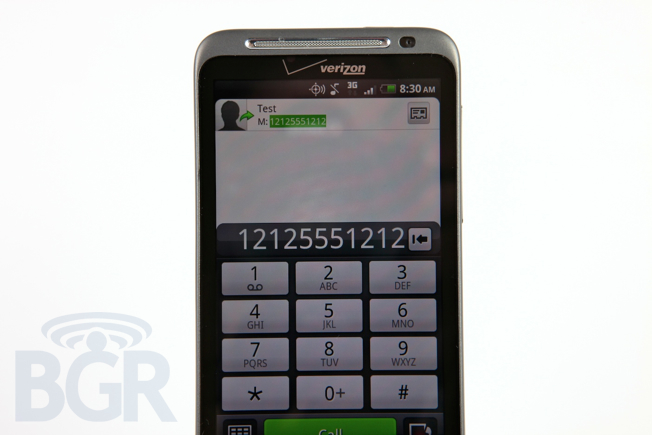
Voice quaily is decent on the ThunderBolt, but not great. As far as the ear speaker is concerned, I'm not a fan of what HTC delivered on its handsets in this regard recently, and that includes the EVO 4G. These phones are always uncomfortable to talk with, and some even sound like you're talking on a tin can. Unfortunately, the ThunderBolt falls into that category for me. I would have loved the ear speaker to be a tad lounder in certain environments, and additionally, calls just didn't sound that clear to me. Callers on the other end weren't overly impressed with the quality of voice calls either, and some went as far as to use particularly colorful language to describe the audio quality. I'll spare you the details.
Another problem comes into play when speakerphone is enabled, and this is an area where HTC typically shines so I was disappointed. When the loudspeaker is used while the kickstand is closed, the audio becomes slightly muffled. It's not severe, but it is something to take note of and something that definitely annoyed me. It's clear enough in most cases, but in noisy environments I found myself wishing I could eke a little more out of it. Callers also told me that I sounded a little "staticky" while on speakerphone, but I was still audible and I was never asked to speak up or repeat something I said.
Talk and Surf
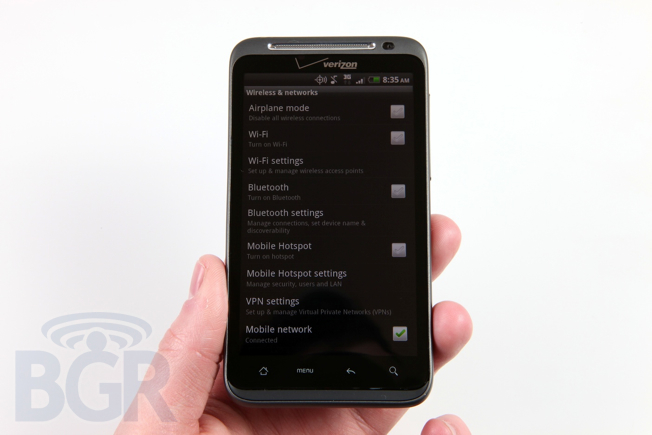
Uh oh. AT&T has really focused on the remarkable capability its phones possess that allows them to make voice calls and move data simultaneously. Verizon Wireless phones have historically not had this ability. I would argue that "talk and surf" capability is hardly as important as a vocal minority makes it seem to be, but that's neither here nor there. The bottom line is that AT&T's advertising firm now has its work cut out for it.
The HTC ThunderBolt is able to send and receive data and carry voice calls simultaneously. It the first of many Verizon Wireless smartphones that will be able to carry voice calls while moving data, and it can do so over Verizon's new 4G LTE network as well as its older 3G EVDO network. I tested this capability a great deal over the past week, and it has worked flawlessly for me. Whether connected to 3G or 4G, apps and web pages on the ThunderBolt continue to hustle along while voice calls are being made. I'm not sure if this new technology plays a role in the noticeably degraded audio quality I noted above, but the functionality is there so and many users will be elated.
Battery
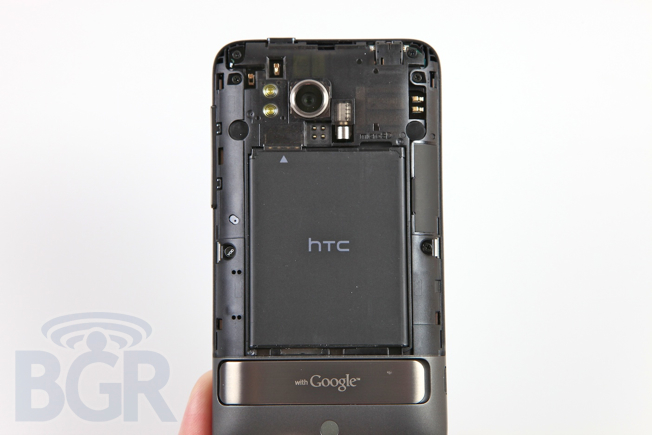
The ThunderBolt's battery is obviously a major point of discussion. How does the Verizon Wireless' first 4G LTE smartphone do in the real world? Well, not that great to be honest — especially with a 1400 mAh battery. Over 3G, the ThunderBolt can easily power through a normal workday. On 4G, however, I couldn't get more than around 4.5 hours of usage at best... a figure that is not at all acceptable to me.
What makes matters worse is the fact that 4G can't be switched on and off by the user. There is no widget to disable LTE and there's not even a menu setting you can check on and off to enable or disable 4G. While there is a method floating around to do this by entering into the phone's field test mode, this doesn't even come close to cutting it. While enthusiasts might be comfortable with a "hack" like this, the average consumer will never even know the option exists. Other 4G smartphones like the HTC EVO 4G and the Google Nexus S 4G have a simple widget that disables 4G, and it really helps with battery life. When users don't have a need for speed, they should definitely have an easy way to turn LTE off and stretch out that puny battery.
Verizon has an extended 2750mAh battery that will effectively double the battery life of the ThunderBolt. To be honest, the extended battery adds so much extra thickness and weight to a phone that's already way too thick and too heavy, there's no way I would even consider using it regularly. Most people will likely feel the same way and a widget to disable 4G would have been a much cheaper and more user-friendly way to fix the battery life problem. I get that Verizon wants to deliver a consistant user experience that showcases its beastly new 4G network, but I don't think a 4G widget would have detracted from that experience or confused anyone.
Conclusion
The HTC ThunderBolt is a phone from the future in many ways. It delivers the fastest internet speeds of any device I have ever tested (at least 2-3 times faster than anything else, in fact), and it runs on a very fast (and customized) version of Android to deliver great performance. In many ways, however, the ThunderBolt resembles phones from a year or two ago — in styling and in thickness and heft.
I'm not a fan of any smartphone that features a display beyond 4-inches, and the sheer thickness and weight of the ThunderBolt makes it a non-starter for a role as my daily driver. In addition, the poor battery performance makes it a tough sell. It's awesome that I can use the ThunderBolt to email presentations, download files and and stream video at ridiculous cellular data speeds, but all that means nothing if my battery dies after just a few hours of usage. That doesn't necessarily mean that the HTC ThunderBolt isn't the right device for you, however.
My advice is to definitely play with one in person at a Verizon Wireless store to see if the device is your perfect Android match. If you can look past the poor battery life — or if you don't mind reinforcing your pants pockets so that the added weight and size of the extended battery doesn't rip right through them — then you'll find yourself with an amazingly fast smartphone packed with all the bells and whistles you need.
